
Topics
News & Resources
Rehearsal Mission: AIM-ing for Student Empowerment
Richard Mannoia, Advisor, The Academy for Impact through Music (AIM)
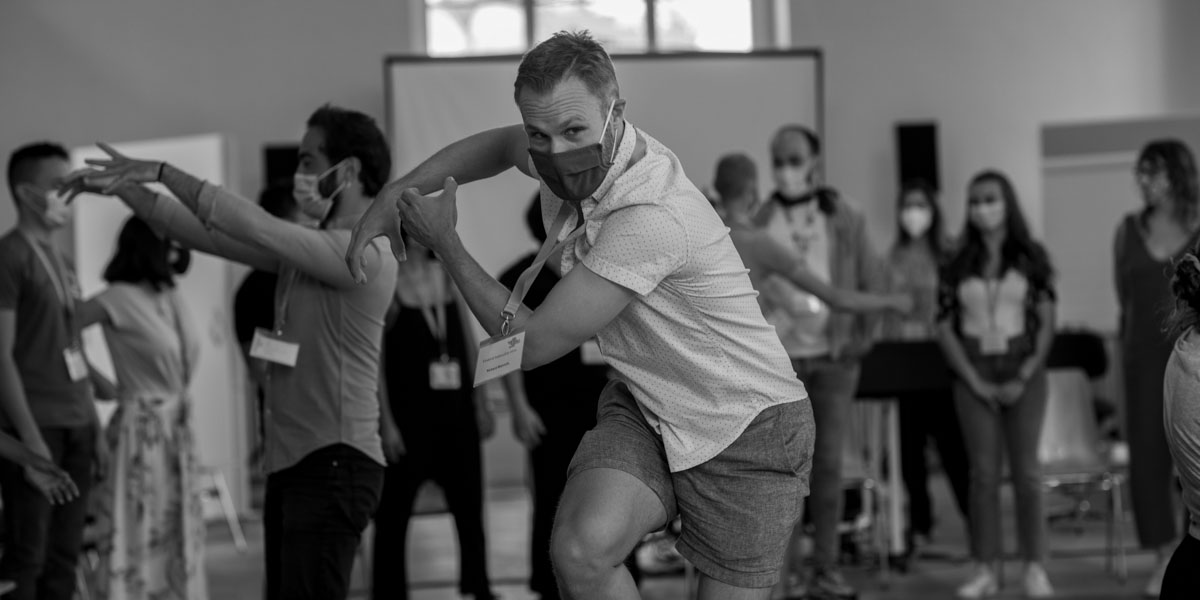
The author leads the Firebird Fellows in a movement ritual. Photo: Josep Piñol.
This lesson illustrates an approach that uses a single concept to focus a rehearsal and weave each exercise into an overarching goal. And, perhaps more significantly, the lesson uses the AIM’s Five Pillars of Practice as a design framework:
- Holistic Development (individual relationships & care; physical health; differentiated learning)
- Intrinsic Motivation (personal relevance; proactivity & responsiveness; perseverance)
- Unlimited Artistry (musical purpose & context; musical progress; musical assessment)
- Optimal Agency (expression; empowered choices; experimentation)
- Community (student interaction; citizenship skills; music as a force for change)
In the plan, these Pillars come to life through the students, who personalize the articulation concept in order to motivate their skill-building and artistic performance.
Individualized creative work is used to deepen and invigorate students’ understanding and application of the articulations, and the social aspects of the lesson provide both community and additional motivation. In addition to being engaging (and hopefully fun), the exercises aim to promote students’ performance quality and empower them as artists who can more deeply understand their repertoire and the composer’s choices that they bring to life through each note they play.
Example Rehearsal Plan—60 minutes
| Repertoire | Danzón No. 2 by Arturo Márquez | Repertoire preparation stage: | Woodwind Sectional #2 |
| Aim: Students will feel a sense of agency and personal expression through the use of staccato •, marcato ^, and accents > | |||
Objectives – By the end of this lesson, all students will be able to…
|
|||
| Time | What students are doing | Make Notes – Elements of AIM’s 5 Pillars | |
| 4 min | 1. Set Up: Take out instruments. At the same time, discuss with a neighbor the following question displayed on the board: “Where could you find examples of staccato •, marcato ^, and accents > in the natural world?” | ||
|
7 min |
2. Warm-Up:
|
||
|
3 min
|
3. Reflect/Assess: As a group, discuss the following: What was challenging, what was satisfying, what do you need help with? Demonstrate tongue position, length, and attack-sustain-release techniques, as necessary. Clarify the difference between the 3 articulations and the related sound production on woodwind instruments. | ||
| 5 min | 4. Experimenting with character: Now with an intention for their choices, give students or have them choose a musical character word (aggressive, flirtatious, determined, angular, spicy, sneaky, suave, etc.). Individually, students try to play the scale and choose the articulations to express their character word. Have students play their finished idea for a neighbor. | ||
|
3 min
|
5. Reflect: As a group, discuss: What are you discovering about character and feel and their connection to articulation? What kind of power do you have as a musician to communicate ideas and emotions? | ||
| 10 min | 6. Creative exercise: Students receive a worksheet containing small sections of Marquez’s Danzón No. 2 (e.g., #150, #258, #264, #278), but articulations are removed. Students experiment with:
|
||
| 3 min | 7. Share and reflect:
|
||
| 20 min | 8. Rehearse Danzón No. 2: Conduct the group through the sections of the score corresponding to the sections covered in the worksheet which focus on the variety of articulations.
Challenge students to observe the varying articulations and to play them with specificity, unity, and expressivity. Students are invited throughout to give suggestions to emphasize articulations to convey style, character, and mood. Students are encouraged to share their expressive ideas in a variety of ways: demonstrate on instruments, describe verbally, sing, conduct, or move. While working, students are encouraged to, one by one, step out of the ensemble and listen from a different place in the room and assess the unified performance of the group. |
||
| 5 min | 9. Closure: Ask questions such as the following for important aspects of the piece and overall musicianship:
|
||
Related Content
Beirut, Collaborations, Community Building, Featured, Performance
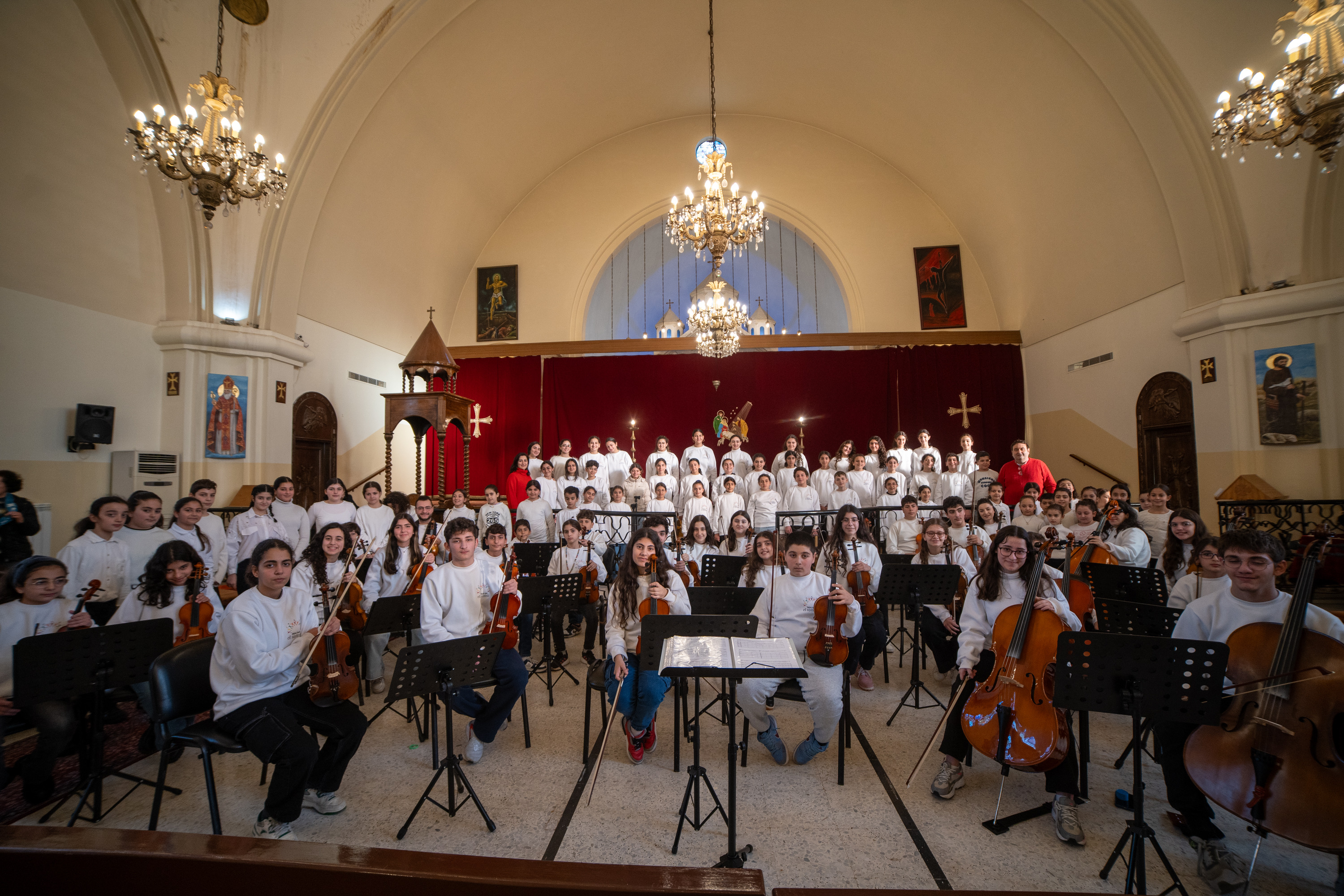
Beirut Chants Turns to El Sistema
longy-admin

Featured, Kampala, Latin America, News and Resources, Uganda
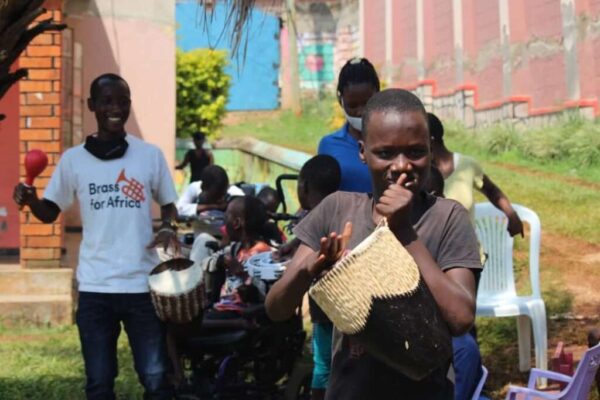
Shifting Perspectives: Music Education and Disability
longy-admin

All Regions, Collaborations, Community Building, Europe, Featured, the ensemble
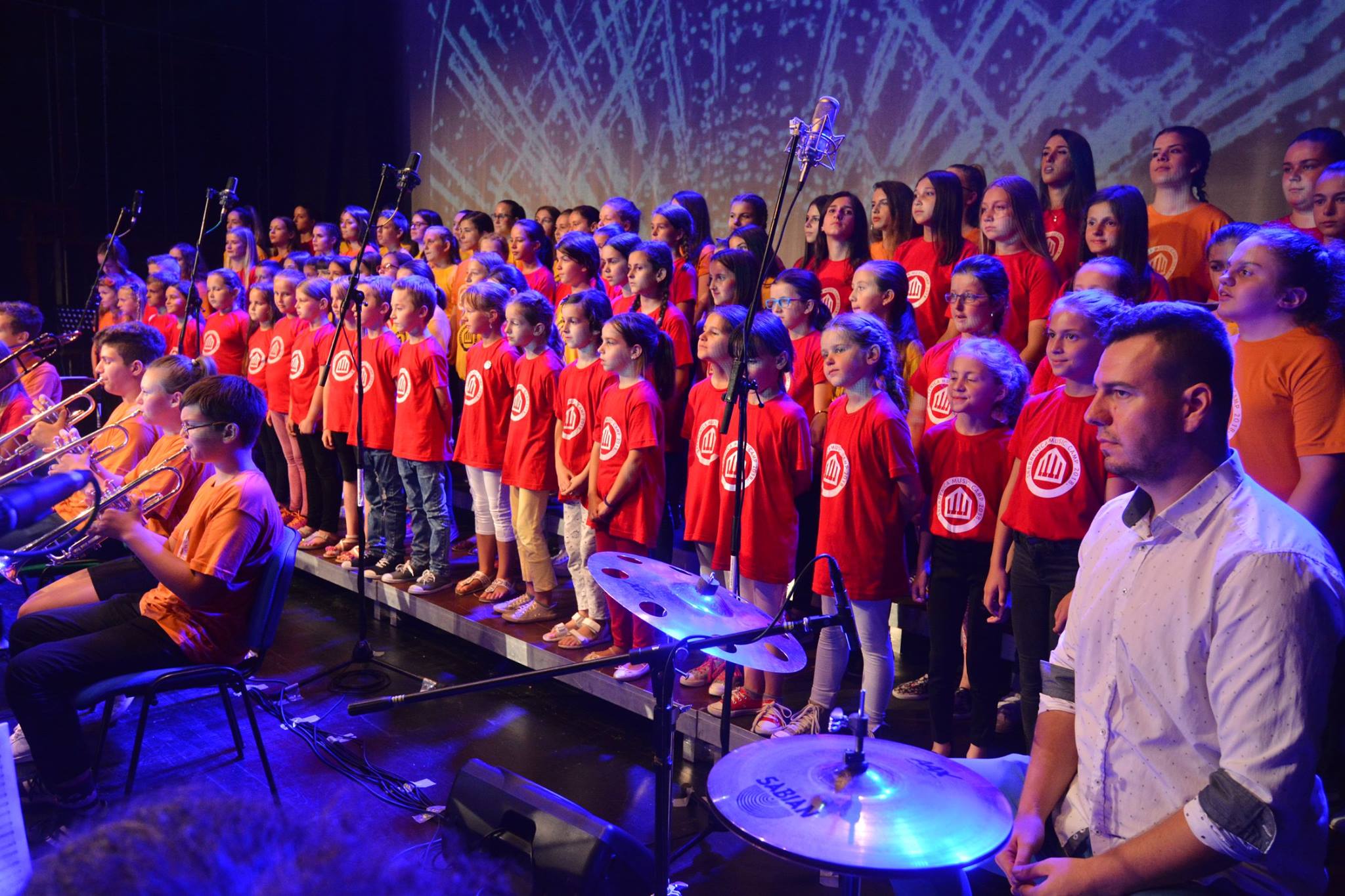
Action Research in the Western Balkans: Music and Social Reconciliation
longy-admin

Collaborations, Community Building, Featured, News and Resources, North America, Student Voice & Leadership
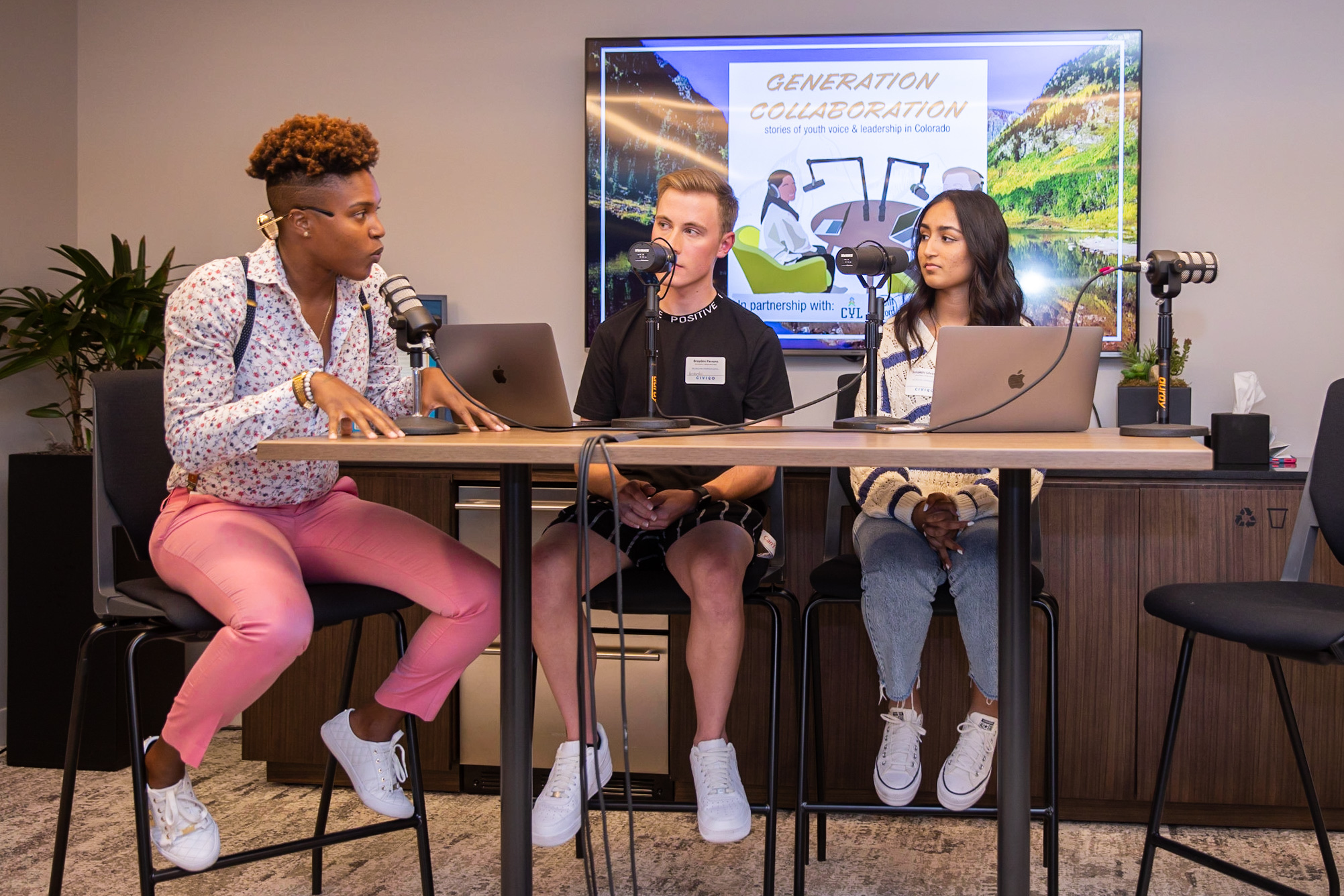
Want to Amplify Youth Voices? Give Them a Podcast Mic
longy-admin


